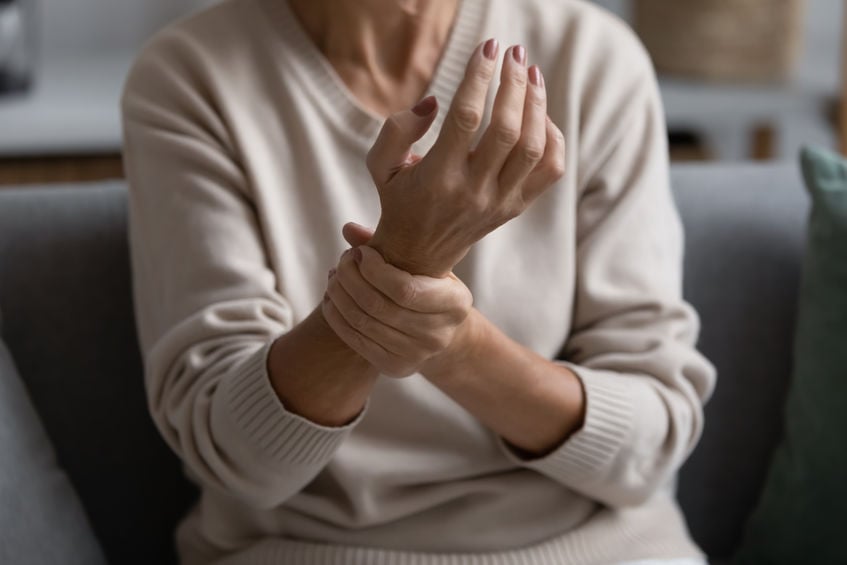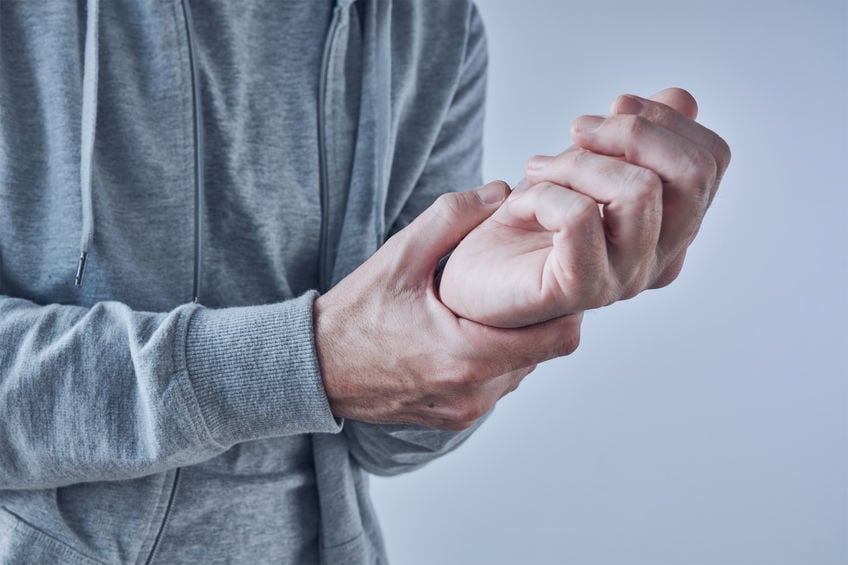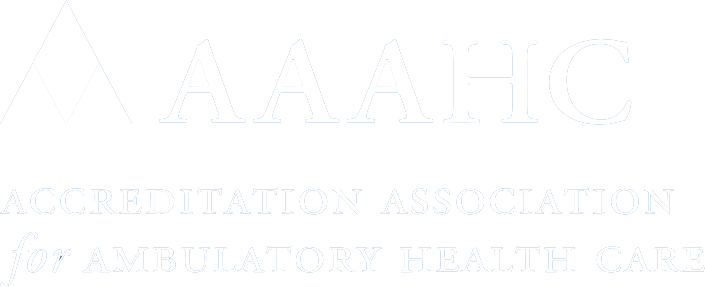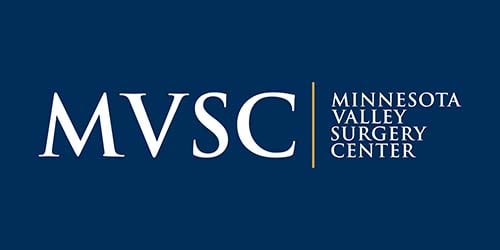Managing The Pain Of Ulnar Release
Undergoing ulnar nerve release surgery can be intimidating, raising concerns about the potential pain. Preparing for ulnar release surgery, which addresses ulnar nerve compression, requires understanding the procedure’s impact on pain and overall recovery expectations. By knowing the details of the surgery, the purpose, and the potential pain involved, individuals can be better prepared mentally, emotionally, and physically.
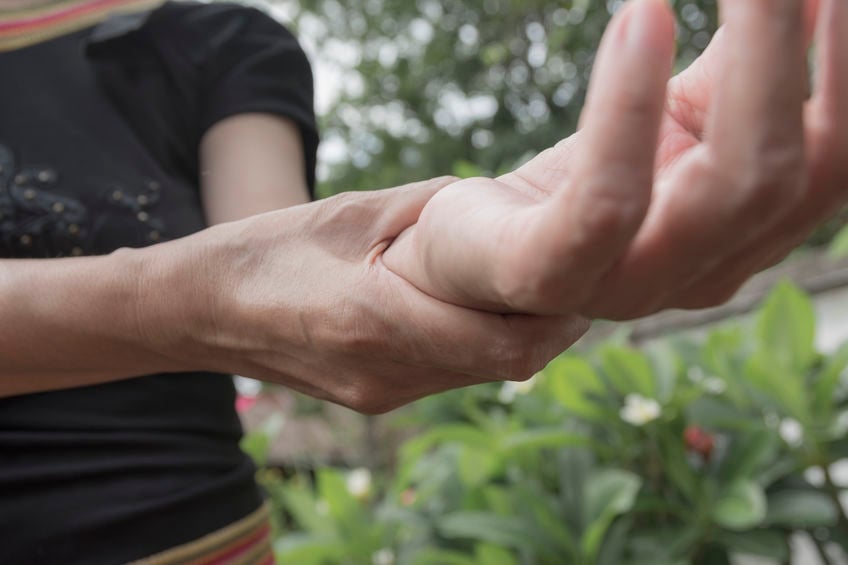
What is ulnar nerve release surgery?
When nerve compression causes pain, numbness, and weakness in the hand and fingers, ulnar nerve release surgery can help. By creating more space for the ulnar nerve to move freely, the surgical procedure aims to alleviate symptoms. The surgeon accesses the cubital tunnel in the elbow and releases any structures or tissues compressing the nerve. The goal is to restore normal nerve function and improve the individual's quality of life.
Managing pain before surgery
Effectively managing pain before ulnar nerve release surgery is essential to the preparation process. The doctor may prescribe pain medications or recommend over-the-counter (OTC) pain relievers to manage any existing arm pain or discomfort before the surgery. In addition to medication, alternative approaches, such as physical therapy (PT), splinting, or applying heat or cold packs, may help reduce pain and inflammation.
The surgery experience
During ulnar nerve release surgery, anesthesia is administered to ensure comfort. The surgeon makes an incision at the elbow to access the cubital tunnel and relieve nerve compression. Anesthesia options vary, and the duration of the surgery depends on complexity. Recovery instructions, including wound care and follow-up appointments, will be provided. Understanding the surgical process and discussing any concerns with the healthcare team allows patients to feel confident and informed.
Post-op pain management
Effective pain management is crucial during the post-operative period following ulnar nerve release surgery. The doctor may prescribe pain medications to manage pain during the initial stages of recovery. Medications should be taken as directed. Engaging in rehabilitation and PT can help further manage pain, reduce swelling, and improve mobility, restoring strength and function to the affected area.
Coping strategies and support
In addition to medication, alternative pain management techniques like relaxation and using ice or heat can help. Prioritize self-care, rest, and a healthy diet. Follow PT recommendations and engage in rehabilitation. Seek emotional support from friends, family, or support groups. Maintain open communication with the healthcare team to address concerns and receive guidance. By using coping strategies and seeking support, individuals can handle the challenges of surgery and recovery more effectively.
How long does the pain last?
Initially, there may be pain and discomfort at the surgical site, but the pain should gradually decrease within the first week. Over the next few weeks, pain levels should continue to decline as the healing process progresses. By weeks 4-8, most individuals experience a significant reduction in pain and improved mobility. However, healing rates vary by patient, and some residual discomfort may persist. Beyond 8 weeks, minimal to no pain is expected.
Embracing a pain-free future
Ulnar nerve release surgery can successfully reduce the pain, numbness, and weakness caused by ulnar nerve compression. Approaching the procedure with optimism and a positive mindset can help. With the support of a healthcare team and effective coping strategies, patients have the tools necessary to limit the pain and have a successful recovery
More Articles from MVSC
March 15, 2024
After months of wrist and hand pain, carpal tunnel surgery may be needed. With outpatient options, restored dexterity with less pain and discomfort is possible.
October 27, 2023
People with thumb arthritis can experience pain when using a smartphone. A CMC arthroplasty can help individuals get back to texting pain-free.
August 25, 2023
When the wrist is fractured, people wonder how to repair the bone. Minimally invasive surgery can help restore function and decrease pain.
August 16, 2023
Carpal tunnel pain can range from mild to chronic. Chronic forms of the hand condition might find relief through carpal tunnel release surgery.



